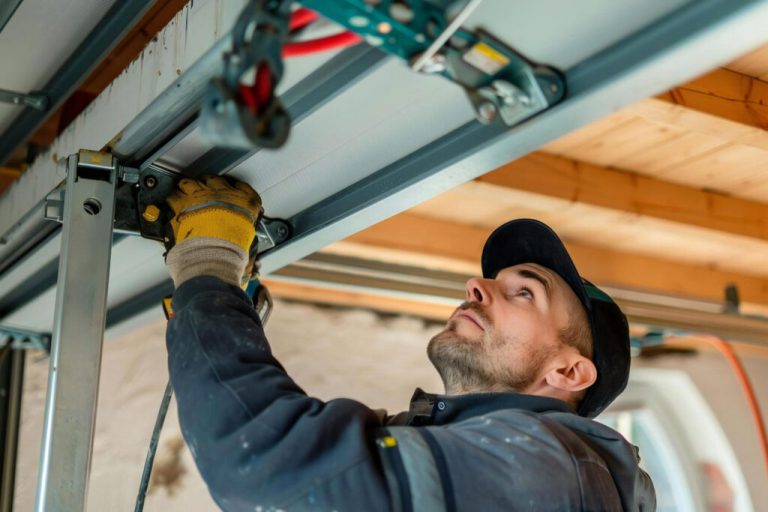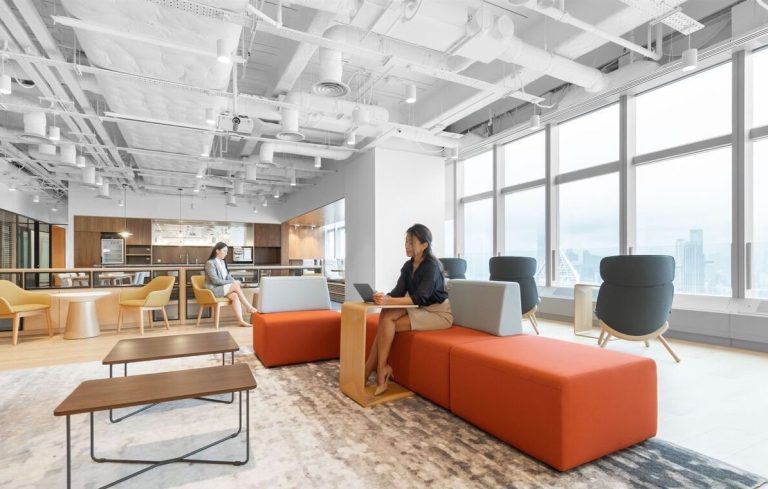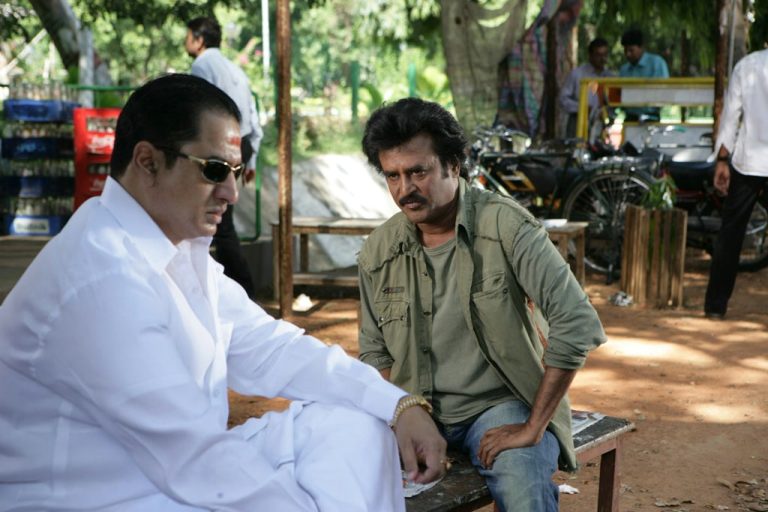
Plastic boxes with corrugations are designed to address several factors, as was discussed in Chapter One. The procedure remains constant, though. Corrugated plastic boards are made of a total of three layers of thick plastic made from a polypropylene base, which is plastic cardboard. Both of the procedures that are described here are used by machines to make corrugated plastic box. A set of tools called a corrugator is used to continuously produce just one, increase by two, or triple wall board. A corrugator machinery operates on a very basic premise. Plastic corrugated containers are made in two steps the curved (wave-like structures developed to offer strength and padding) plastic sheet adhesion procedure, which includes following one or more sheets of plastic to one or additional levels the edges comprised of, and the box’s production procedure, which involves assembling the corrugated plastic sheets into boxes. For every corrugating machine, replacement corrugating rolls that come in various aperture sizes are available. By adjusting the corrugator’s flute size, the corrugated medium’s breadth may be changed.
Plastic is placed within the Corrugator
A roll of plastic is put into the corrugator while in the containerboard combination process. The substance that is to be corrugated is fed between preparing wheels and corrugating rolls by the massive, electrically driven rollers of the corrugator before the material is corrugated. A thin layer of a plastic sheet is fed through the corrugator’s gear-like components on the corrugating bounces creating flutes in the plastic.

To line up with the corrugated plastic box another liner roll is then inserted into the corrugator. When one layer of twisted material is finished, it is positioned to a different level framework inside the corrugator machinery called the bridge, where it coincides with another layer of solid plastic. This solid second layer of plastic is joined at the bridge with a layer of plastic that is corrugated to create a wall According to the level(s) of perforated plastic, a box made of corrugated material can be classified as a single, twice, or triple-wall board. At a glue station, the corrugated edges of the plastic are carefully covered with starch adhesive when a wall is finished.
Ultimately, the finished stacked material sheets pass through a corrugator, which heats plates to cure the glue that holds the walls together. A slitter-scorer at the tip of the corrugator trims and divides the polyethylene board into strips that are referred to as box blanks. After the box blanks come out of the slitter-scorer, they are put onto a large moving platform by an automated stacker.







